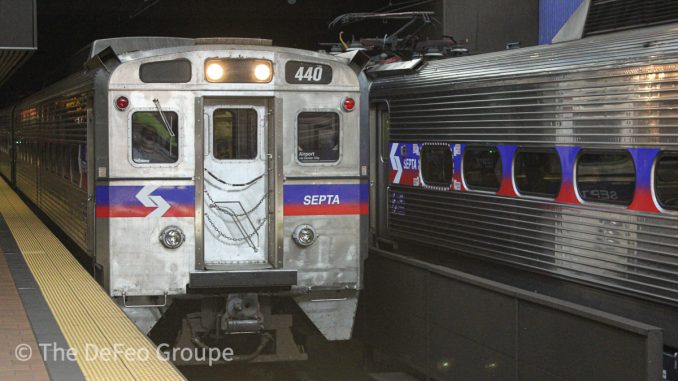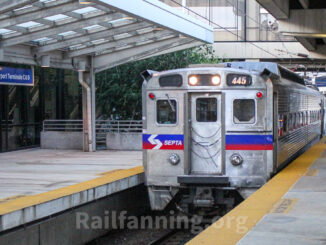
Pennsylvania Gov. Josh Shapiro’s announcement of $220 million in new capital funds for the Southeastern Pennsylvania Transportation Authority stems from multiple USDOT directives for the state to fix its gross mismanagement of a system responsible for moving millions of Americans annually, according to the feds.
On Oct. 23, Duffy sent Shapiro a letter, raising the alarm on the gross mismanagement of SEPTA and referencing five thermal events, including onboard fires, on SEPTA’s commuter rail. The secretary also called out SEPTA’s ever-spiraling $213 million debt and failures in oversight by the state’s leadership and PennDOT.
In October, the Federal Railroad Administration issued an Emergency Order requiring SEPTA to take immediate, sweeping action following recent fires on SEPTA passenger rail cars. Among other improvements, SEPTA was required to prepare and submit an emergency mechanical inspection schedule of its Silverliner IV fleet. As a result, the governor’s recent announcement included $112 million in funding to be used for electrical system upgrades, to overhaul propulsion motors, and other improvements for both the Silverliner IV and newer Silverliner V train cars.
“This substantial investment is a significant step in the right direction for a system that has been on the brink of collapse for too long,” U.S. Transportation Secretary Sean P. Duffy said. “In addition to funding, we’ll need to see a tangible plan to ensure SEPTA is meeting sufficient safety standards for the well-being of passengers and transit workers alike. My team will continue our strict oversight of PennDOT’s management of SEPTA to ensure Philadelphians get where they need to go safely and on time.”
Also in October, the Federal Transit Administration sent a letter to SEPTA outlining their ongoing investigation of incidents involving serious overhead catenary system safety failures, which collectively resulted in 11 injuries, the evacuation of approximately 460 passengers, significant service disruptions, and property damage.
Shapiro announced nearly $108 million to address several of these areas of concern, including upgrades to the trolley tunnel’s overhead catenary wires, the purchase of advanced inspection technology, and enhancements to SEPTA’s Control Center. The investment also covers replacement parts for High-Speed Line vehicles and upgrades to 13 station escalators.
FTA is now following up on that investigation today by issuing Special Directives to both PennDOT and SEPTA. A Special Directive is an order from the federal government that requires an FTA-regulated transit agency or state safety oversight agency to take specified actions to address safety issues within a specific period. The directives issued today require SEPTA and PennDOT to remedy safety and oversight concerns associated with SEPTA’s overhead catenary system.
“For riders, this is about trust,” FTA Administrator Marc Molinaro said. “Philadelphia’s trolley system is a lifeline for daily commutes, neighborhood connections, and local businesses. The FTA’s intervention will help ensure those trolleys stay safe, reliable, and available for the people who depend on them every day.”
The Special Directive issued to SEPTA identifies two findings:
- Serious defects identified during SEPTA’s urgent OCS inspection conducted between October 31 and November 7 remain unaddressed.
SEPTA does not have a formal OCS inspection and maintenance program. - The directive includes six actions SEPTA must take with timeframes ranging from December through April 2026. This includes developing and implementing a detailed action plan for an inspection and maintenance program.
The Special Directive issued to PennDOT identifies two findings:
- PennDOT is not effectively deploying technical capacity to oversee SEPTA’s OCS inspection and maintenance program.
PennDOT is not conducting an independent investigation of repeated OCS safety events and did not review, approve, or oversee emergency corrective action. - To address these findings, PennDOT must complete eight required actions, including: strengthening and deploying technical resources; evaluating SEPTA’s forthcoming OCS Inspection and Maintenance Program; overseeing SEPTA’s OCS inspection activities; conducting onsite inspections and verifications; and providing monthly oversight reports to FTA.




